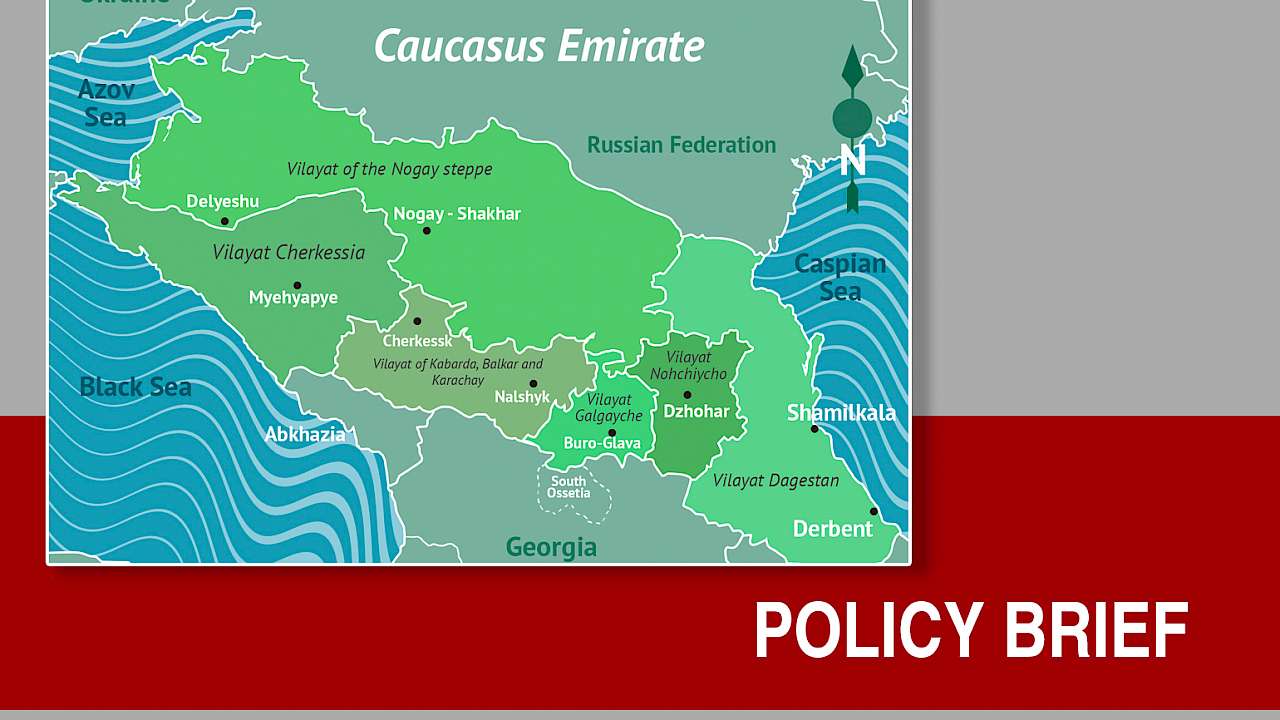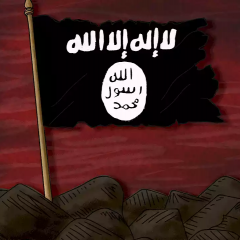Despite its early and spectacular successes in Syria and Iraq, the Islamic State (IS) has, over the last year, suffered repeated setbacks that have weakened its ability to control captured territory and implement its state-building agenda. A key aspect of IS’s strategy has been the mobilisation of supporters across Russia and the former Soviet Union. Other rebel groups in Syria have also attracted support from these areas, illustrating the need for a proper understanding of the Russian-speaking militant milieu, beyond IS’s territorial claims.
This brief shows that:
- Islamic State has established a patchy toehold in Russia, in particular by linking up with a much-weakened domestic insurgency
- This has lead to a wave of incidents, including an attack in Derbent, Dagestan in December 2015, and an attack in December 2016 in Grozny, Chechnya
- Whilst other incidents have been attributed to IS, many of these have been rudimentary attacks
- The terrorist threat facing Russia is not reducible to IS.
The conflict in Syria and Iraq, now in its sixth year, has generated considerable interest and concern for its potential impact on regional and international stability. Despite this interest, however, significant aspects of the conflict remain understudied and poorly understood. This brief addresses one of these neglected areas by examining and contextualising the involvement of people from Russia and the former Soviet Union.
Assessing the ‘Russian-speaking’ Contingent in Syria and Iraq
It is impossible to estimate exact numbers using open-source information, but evidence points to the large-scale mobilisation of ‘Russian-speaking’ fighters, particularly from the North Caucasus. They are present across groups – the boundaries between which are often fluid – that are mutually hostile to Russia but divided over the legitimacy of targeting civilians.
The extent and limits of Russia’s domestic terrorism threat
The North Caucasus insurgency is now allied to the Islamic State (IS) but is in long-term decline, and IS has to date demonstrated limited capacity in Russia. However, Russia’s domestic terrorism threat extends beyond both IS and returnees from Syria and Iraq, with domestic recruits and Turkic and Central Asian networks adding to a complex security picture.
Learning from foreign fighters in the North Caucasus
The North Caucasus conflict highlights how ideologues, personal ties, and trust are crucial to the development of foreign fighter networks. Foreign fighters left a lasting legacy in the region but ultimately failed to adapt to changing circumstances.
Interpreting the evolution and decline of an insurgency
The North Caucasus insurgency illustrates how rebel leaders need to balance competing agendas to be successful, and how succession is a negotiated process that becomes increasingly difficult. Weakness and state pressure played a key role in driving ideological change, and the loss of ideological leaders and low levels of trust and morale undermined the insurgency’s appeal.
Copyright Information
As part of CREST’s commitment to open access research, this text is available under a Creative Commons BY-NC-SA 4.0 licence. Please refer to our Copyright page for full details.
IMAGE CREDITS: Copyright ©2024 R. Stevens / CREST (CC BY-SA 4.0)






